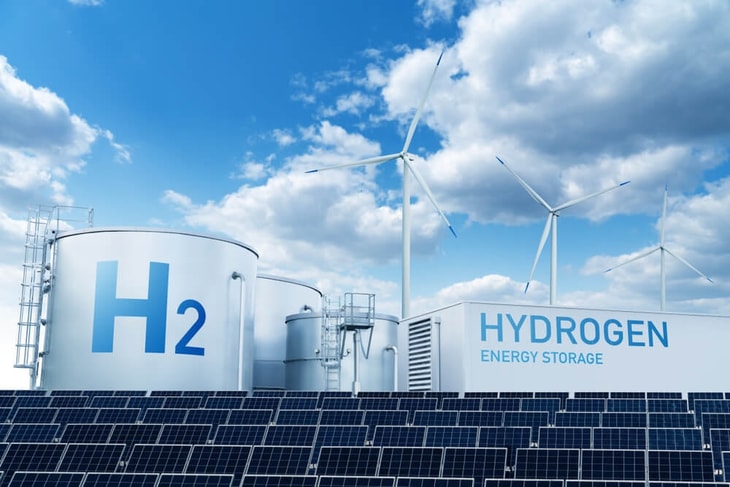The nascent hydrogen market could skew more towards blue rather than green hydrogen in the next few years, with Donald Trump’s win in the US presidential election changing the calculus around the potential trajectory of US public policy.
The assessment comes from Murray Douglas, Vice-President and Head of Hydrogen Research at the analyst group and professional consultancy Wood Mackenzie, speaking at the firm’s two-day Hydrogen Conference 2024 in London shortly after Trump’s win was confirmed.
“A Republican presidency puts parts of the Democrat-introduced Inflation Reduction Act at risk. At this stage we cannot rule out a full repeal. There are also some risks that attach to the incoming administration introducing trade tariffs on goods entering the US,” said Douglas.
But the broad momentum is still there in the global hydrogen market, in Wood Mackenzie’s assessment. Announced capacity in the hydrogen market has surpassed 140Mtpa now, spread across 1,700 projects, though with momentum slowing. This headline capacity figure is skewed by a few massive green hydrogen projects, and some of these still look vulnerable in today’s market.
... to continue reading you must be subscribed







